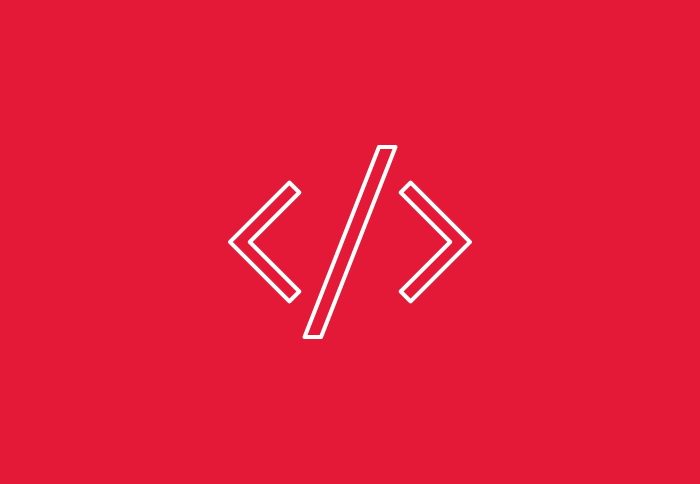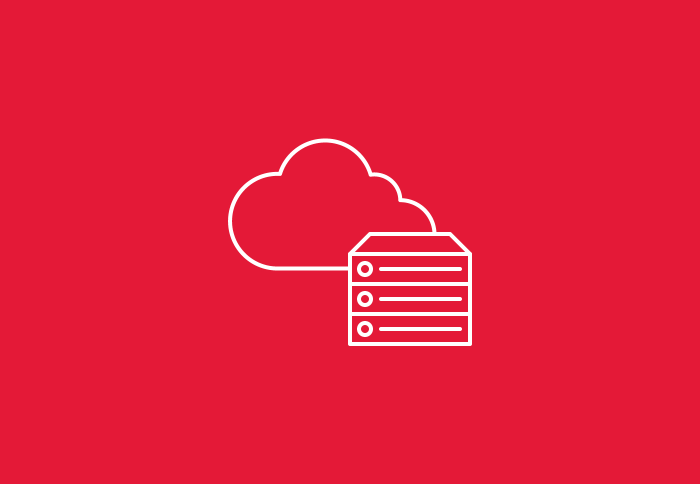
Operating the YUM Package Manager
YUM is a package manager for RPM-based Linux distributions such as Fedora, CentOS and Red Hat Enterprise Linux. It allows users to install, update, remove …

YUM is a package manager for RPM-based Linux distributions such as Fedora, CentOS and Red Hat Enterprise Linux. It allows users to install, update, remove …

On a server with CPanel, you can log into the WHM and install it there. If that for some reason doesn’t work for you, you …

RedHat, as well as other distributions, contain the AutoFS utility. This will allow you to mount your NAS share automatically in a directory. There are …

The NOKEY warning is not really a problem. It won’t prevent you from doing anything. If you’d like to resolve it, do the following command …

Use the update option to upgrade all of your Fedora system software to the latest version with one operation. To perform a full system update, …

Udev provides users with a dynamic device directory containing only the files for actually present devices. It creates and removes device node files usually located …

A kernel panic could be a serious error that occurs when the Linux kernel detects a problem that it might not recover from. When this …

The steps to add additional IP’s are: Login into the server as the root user: Change to /etc/sysconfig/network-scripts directory cd /etc/sysconfig/network-scripts Assuming that the network …

sysctl is an interface that allows you to make changes to a running FreeBSD system. This includes many advanced options of the TCP/IP stack and …

If you are running FreeBSD 5.0 or later you can safely skip this section. These versions use devfs to allocate device nodes transparently for the …

You can use the pkg_add to install a software package from a local file or from a server on the network. pkg_add lsof-4.56.4.tgz If you …